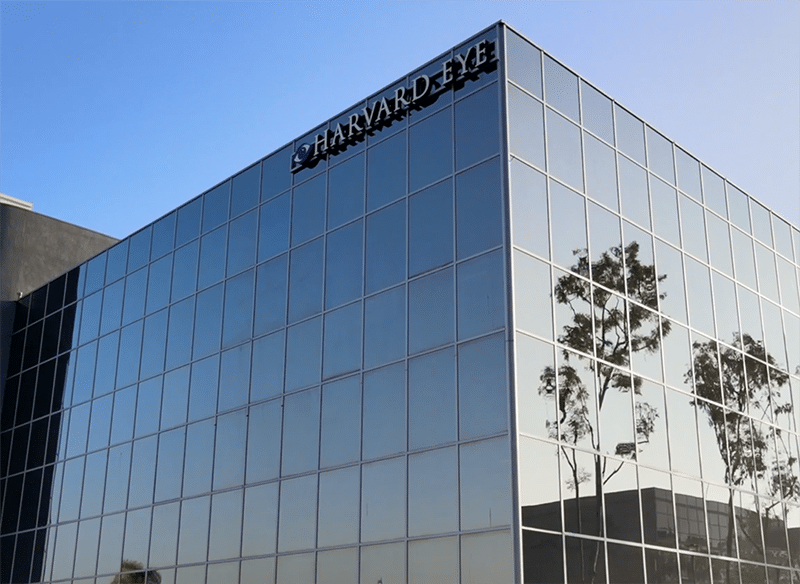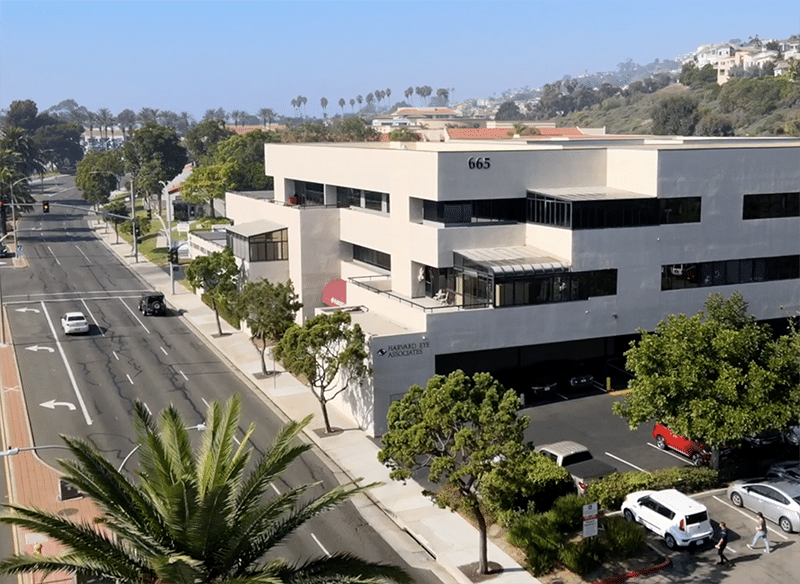Cataracts will eventually develop in most people, including those who have had LASIK. Patients with signs of cataracts before LASIK should consider not having LASIK because vision may be better corrected with the intraocular lens used for cataract surgery.
How are Cataracts Developed?
Cataracts are a natural clouding of the crystalline lens of the eye. Since the eye works much like a camera, a cataract, much like a clouded lens, causes blurring or dimming of vision. The development of cataracts in the eye is a very common occurrence in patients who are 60+ years of age.
Most often cataracts are an inevitable consequence of aging and cannot be prevented. Less common causes of cataracts are trauma, medications, extensive exposure to sunlight and other eye diseases as well as heredity.

Many cataract patients complain of poor distance vision, especially while driving. Glare can be especially troublesome while driving at night. Cataracts can also be responsible for double vision or altered color vision. Cataracts do not cause pain, tearing, redness or floaters.
Understanding How it Works
To understand why cataract surgery is possible after you have had LASIK surgery, it is helpful to know some basics about the eye. LASIK surgery is performed on the cornea — the dome-shaped transparent tissue at the front of the eye. Think of the cornea as your eye’s front window. During LASIK surgery in Orange County, our doctors use a laser to reshape the cornea so it will bend, or refract, light rays to focus more precisely on your retina — the light-sensitive membrane on the back inside wall of your eyeball — rather than at some point beyond or in front of your retina. The result is clearer vision.
Cataract surgery, on the other hand, is performed on the natural lens inside your eye. The lens, where a cataract forms, is positioned just behind the colored part of your eye, called the iris. The lens focuses light that passes into your eye, producing clear, sharp images on the retina. Normally, the eye’s lens is transparent and clear. When the lens becomes cloudy, it is called a cataract. Cataract surgery involves removing the clouded lens and replacing it with a plastic lens implant. The replacement lens sits in the same place as your natural lens and becomes part of your eye.
The artificial lens placed during cataract surgery is designed to provide vision correction to replace eyeglasses as well as the removed cataract. For people who have not had LASIK or other types of corneal refractive surgery, vision correction with cataract surgery is usually straightforward, and the outcome is quite predictable. In Orange County, our doctors take measurements of the eye before surgery to help determine the correct lens power to implant. After cataract surgery, many people have clear distance vision without glasses, although most still need glasses for close-up work or reading.
For people who have had LASIK surgery, providing the appropriate lens implant for cataract surgery takes additional calculations to determine the correct lens power. In addition to taking measurements of the eye, our doctors also need an accurate record of your prescription before and after LASIK surgery, as well as an accurate measurement of the curvature of your cornea before LASIK. The records from your LASIK surgery should contain this information.
To schedule an eye examination, contact Harvard Eye Associates at (949) 951-2020 or harvardeye.com, and discuss your options for optimal vision.




